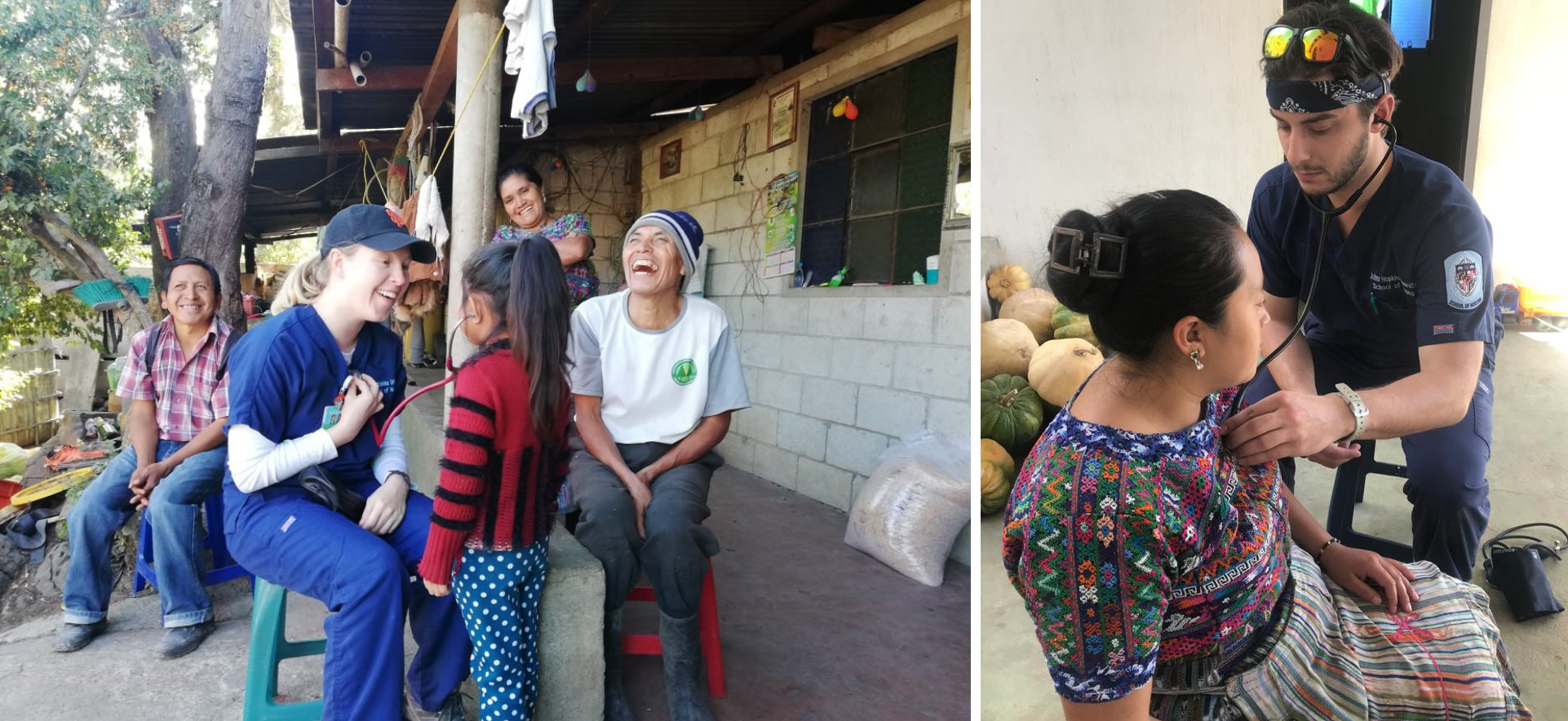Tim Kelly Awards celebrate achievements on early patient mobility
Lower the drawbridge and let the fanfare ring out: It’s time for a coronation at Howard County General Hospital.
The Intensive Care Unit, a group led by Clinical Nurse IV Ellen Merrill, RN, earned Tim Kelly Awards this year both for great strides on patient mobility and for instituting the Castle Game, which offers a friendly competition among caregivers over getting patients up and on the road to recovery.
“Mobility in critical care patients is key to successful outcomes,” wrote Jane Scanlon, RN, and Catherine Miller, MSN, RN, in their Tim Kelly Award nomination letter. “It is proven that mobilizing patients early in their hospitalization can reduce delirium, length of stay and ventilator days. It also helps decrease the occurrence of post-traumatic stress disorder (PTSD), anxiety, depression, and deconditioning.”
The team was measured against the five principles of becoming a High Reliability Organization (with a look at how Merrill and her team addressed each one):
- Sensitive to Operations: Helped identify perceived barriers to mobilization of ICU patients.
- Reluctance to Simplify: Challenged the staff to accept no excuses, such as limited resources, to mobilize patients.
- Preoccupation with Failure: Continued surveillance of complications related to immobility.
- Deference to Expertise: Evaluation daily at multidisciplinary rounds assessing patients’ eligibility for early mobilization.
- Resilience: Introduced the Castle Game.
In the game, each nurse gets a personalized “piece” that moves up a board toward a castle. Pieces move with the awarding of points for successful mobility. Whoever gets there first wears the crown.
“The team loved the game and really embraced safe early mobility for all patients that met criteria,” Scanlon and Miller reported, adding the results: “Data was collected via Epic reports looking at the Highest Level of Mobility for each patient. Prior to April 2015, our patients’ highest level of mobility generally decreased by 1 point during their ICU admission. From April 2015 to December 2016, the highest level of mobility for patients in the ICU greater than two days increased by 1 point by the time they left.”

 Forging Policy: How Can Doulas Improve Black Maternal Health?
Forging Policy: How Can Doulas Improve Black Maternal Health? Guatemala Re-visited: Rainwater Project Shows Value of Service-learning Trips
Guatemala Re-visited: Rainwater Project Shows Value of Service-learning Trips You’re Welcome
You’re Welcome Forging Policy: Associate Dean Jermaine Monk and Education After Affirmative Action
Forging Policy: Associate Dean Jermaine Monk and Education After Affirmative Action Nursing Named Most Trusted Profession for 22nd Consecutive Year
Nursing Named Most Trusted Profession for 22nd Consecutive Year






